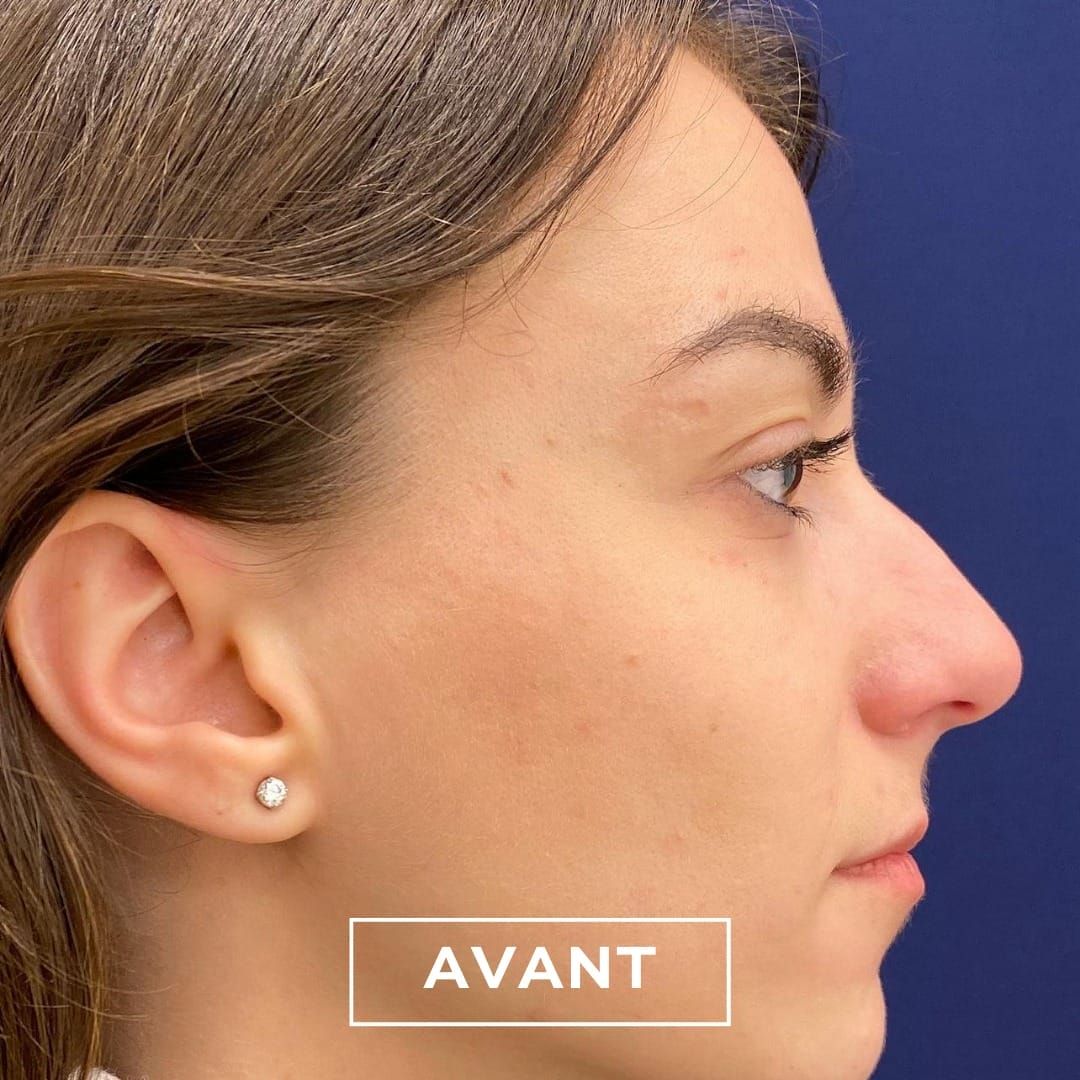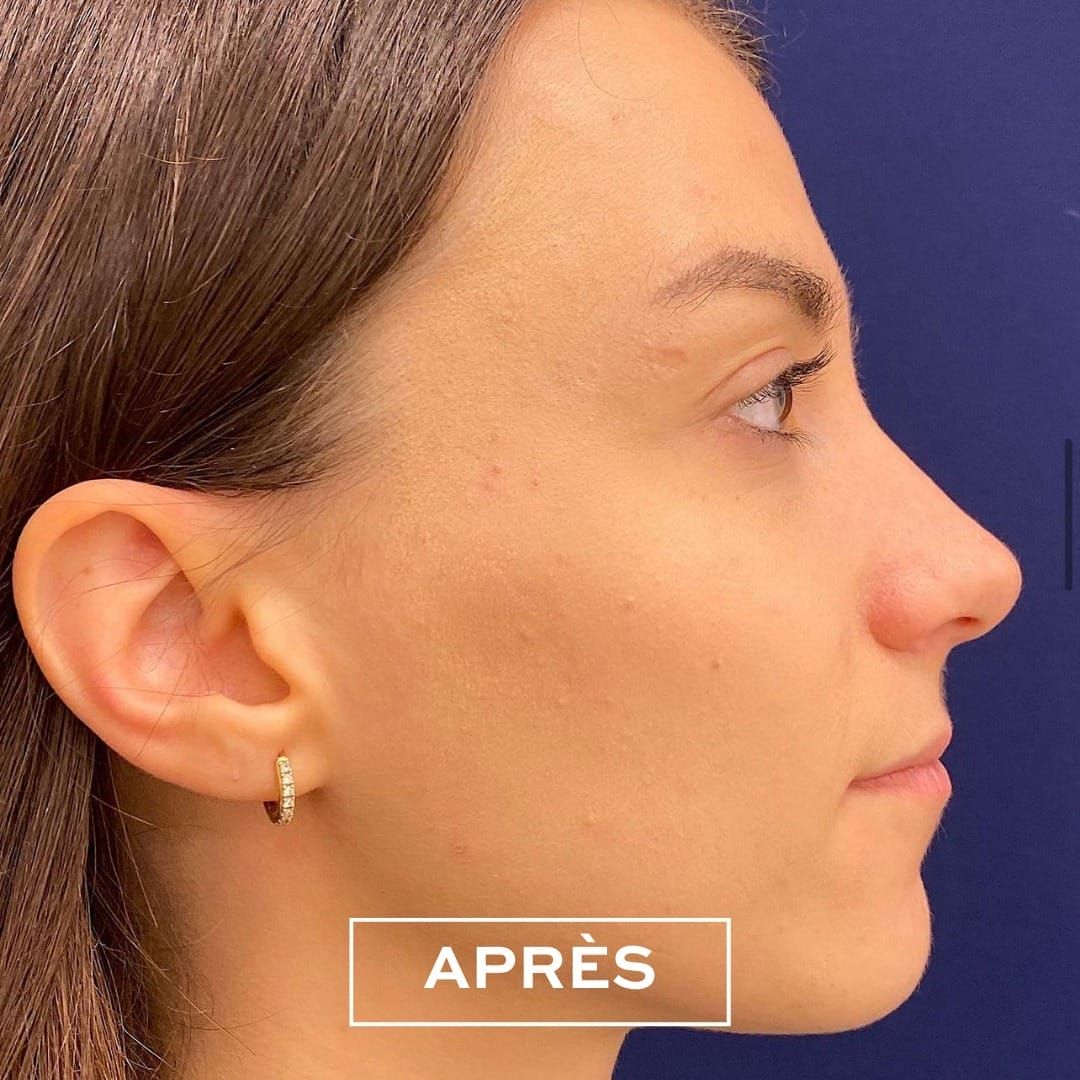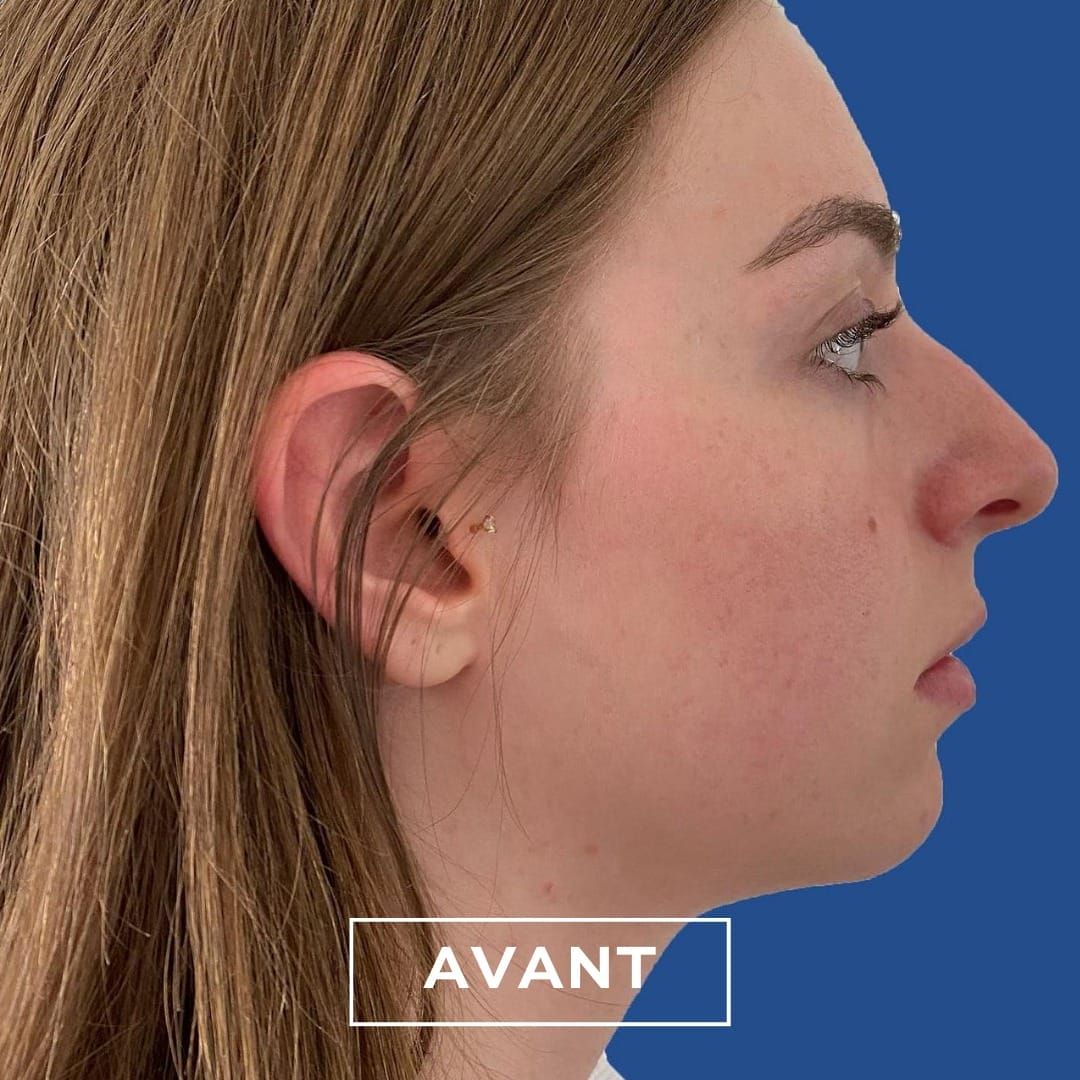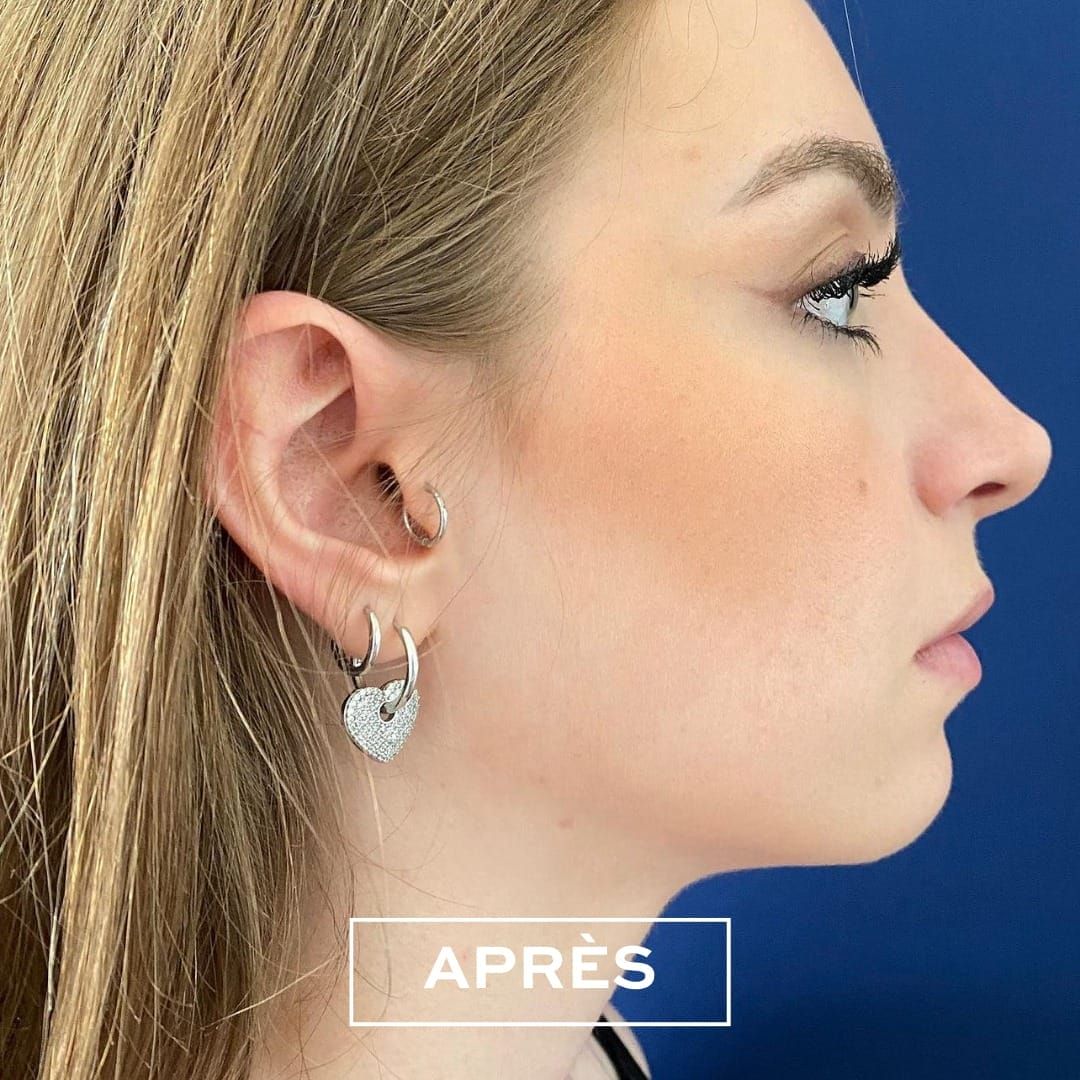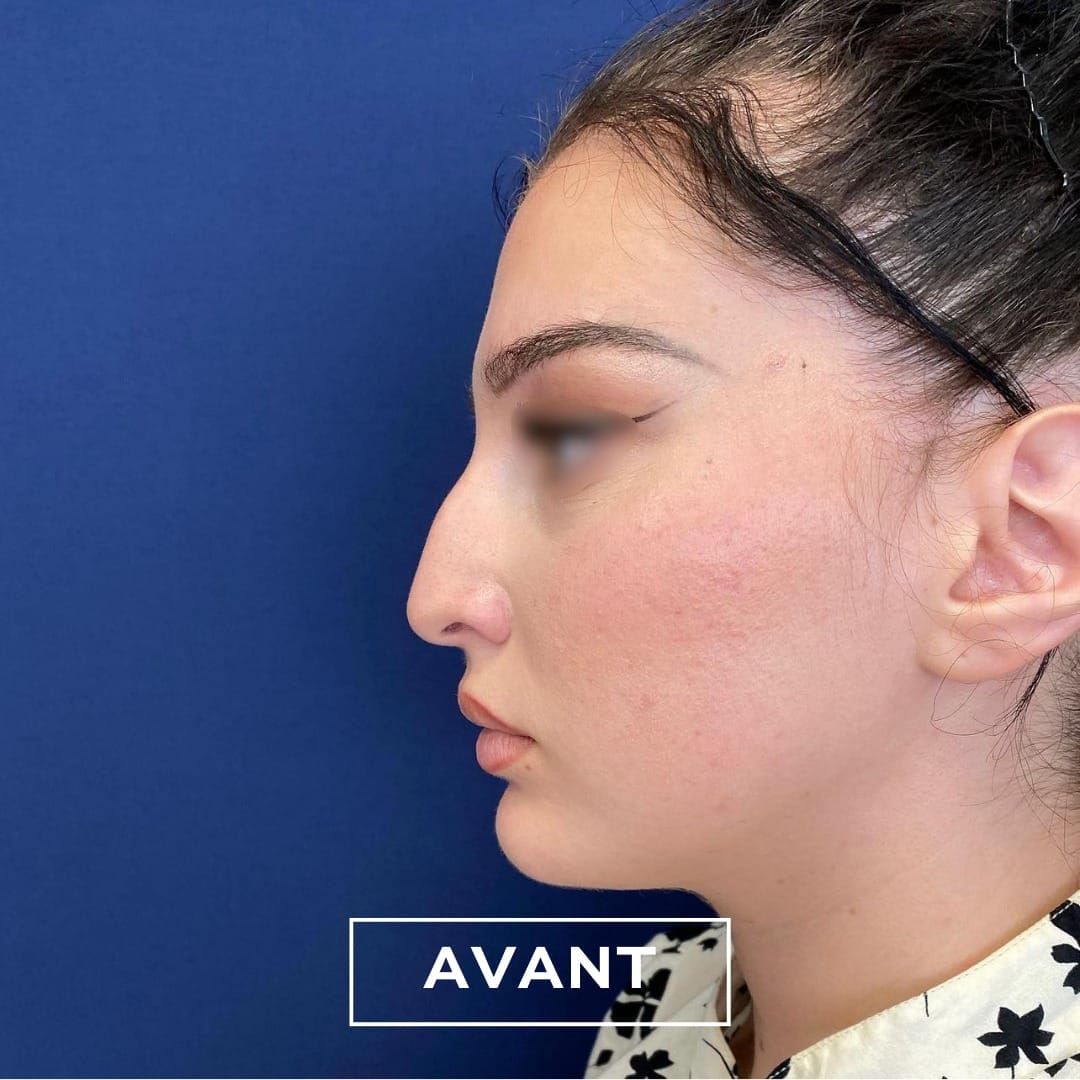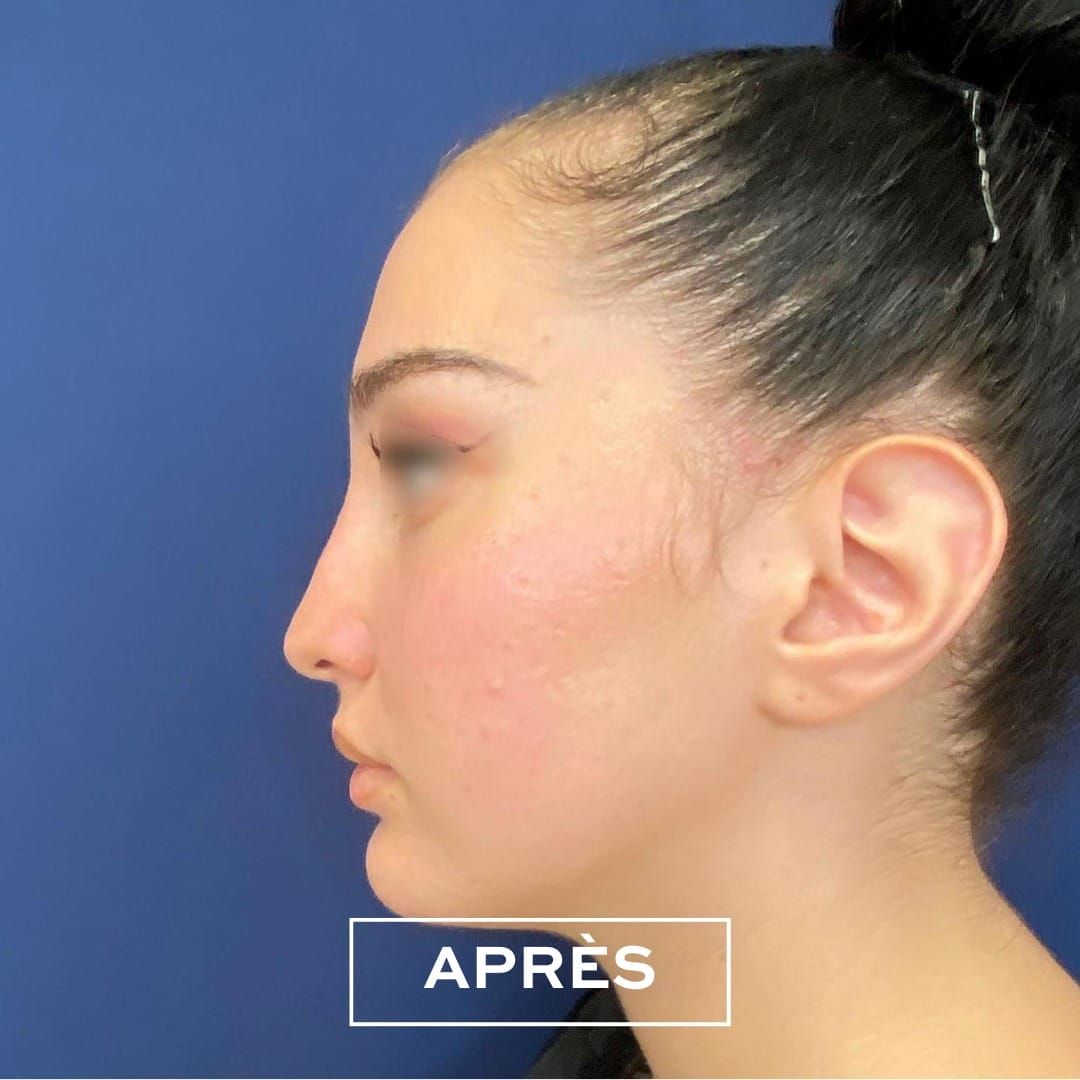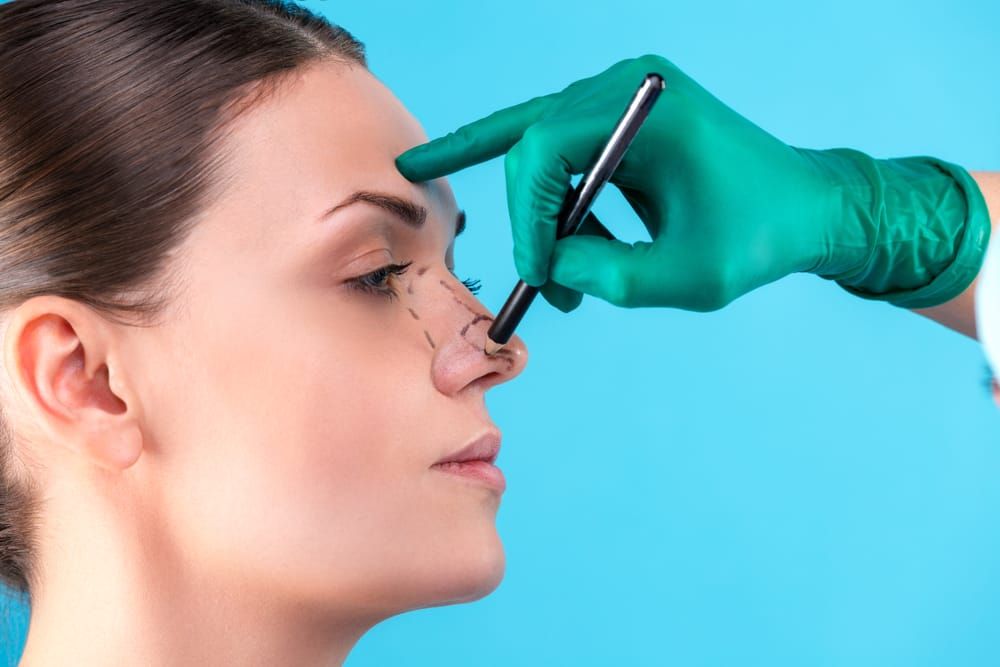
Qu'est ce que la rhinoplastie ?
Il s’agit de corriger spécifiquement les disgrâces présentes, qu’elles soient congénitales, consécutives à un traumatisme, ou dues au processus de vieillissement : effacer une bosse, affiner un nez trop large, trop gros ou une pointe disgracieuse.
Le but est d’obtenir un nez d’aspect naturel, s’harmonisant dans ses rapports avec les autres traits du visage, convenant à la psychologie et à la personnalité du patient, et répondant aux demandes de ce dernier.
La rhinoplastie : objectifs
L’intervention se propose de modifier la morphologie de la pyramide nasale (soit partiellement, soit dans son ensemble) et vise aussi parfois à corriger d’éventuels problèmes de respiration nasale.
Une rhinoplastie peut être réalisée isolément ou être associée, si nécessaire, à d’autres gestes complémentaires au niveau de la face, en particulier à une génioplastie (modification du menton, parfois réalisée dans le même temps opératoire pour améliorer l’ensemble du profil).
Le but est d’obtenir un nez d’aspect naturel, s’harmonisant dans ses rapports avec les autres traits du visage, convenant à la psychologie et à la personnalité du patient, et répondant aux demandes de ce dernier.
Le principe est, à partir d’incisions dissimulées dans les narines, de remodeler l’os et le cartilage qui constituent l’infrastructure solide du nez et lui confèrent sa forme particulière. La peau recouvrant le nez devra se réadapter et se redraper grâce à son élasticité sur cette charpente ostéo-cartilagineuse qui a été modifiée. Ce dernier point souligne l’importance de la qualité de la peau dans l’obtention du résultat final. On comprend ainsi qu’une rhinoplastie ne laisse pas habituellement de cicatrice visible sur la peau.
Lorsqu’une obstruction nasale gênant la respiration existe, elle sera traitée dans le même temps opératoire, qu’elle soit due à une déviation de la cloison ou à une hypertrophie des cornets (formations osseuses présentes dans les fosses nasales).
L’intervention, pratiquée aussi bien chez la femme que chez l’homme, peut être effectuée dès la fin de la croissance, c’est-à-dire à partir d’environ 16 ans. Elle peut éventuellement être prise en charge par l’assurance maladie sous certaines conditions.
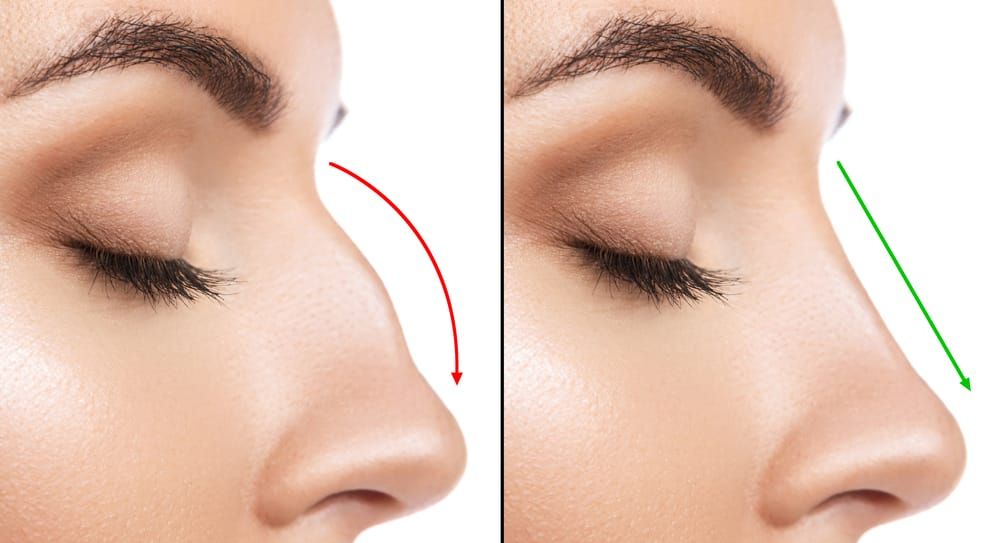
Phases de l'opération
La rhinoplastie : avant l'intervention
- Les motivations et les demandes du patient auront été analysées. Une étude attentive de la pyramide nasale et de ses rapports avec le reste du visage aura été faite, ainsi qu’un examen endo-nasal. Un bilan pré-opératoire habituel est réalisé conformément aux prescriptions.
- Le médecin anesthésiste sera vu en consultation au plus tard 48 heures avant l’intervention.
- Aucun médicament contenant de l’aspirine ne devra être pris dans les 10 jours précédant l’intervention.
- L’arrêt du tabac est vivement recommandé avant l’intervention.
- Il est fondamental de rester à jeun (ne rien manger ni boire) 6 heures avant l’intervention.
Type d’anesthésie et modalités d’hospitalisation
Type d’anesthésie
Habituellement l’intervention se pratique sous anesthésie générale. Toutefois, dans certains cas, une anesthésie locale approfondie par des tranquillisants administrés par voie intra-veineuse (anesthésie « vigile ») pourra suffire.
Le choix entre ces différentes techniques sera le fruit d’une discussion entre vous, le chirurgien et l’anesthésiste.
Modalités d’hospitalisation
L’intervention se pratique en « ambulatoire », c’est-à-dire en hospitalisation de jour avec une sortie le jour même après quelques heures de surveillance. Toutefois, selon les cas, une courte hospitalisation peut être préférable.
Nos avant/après
